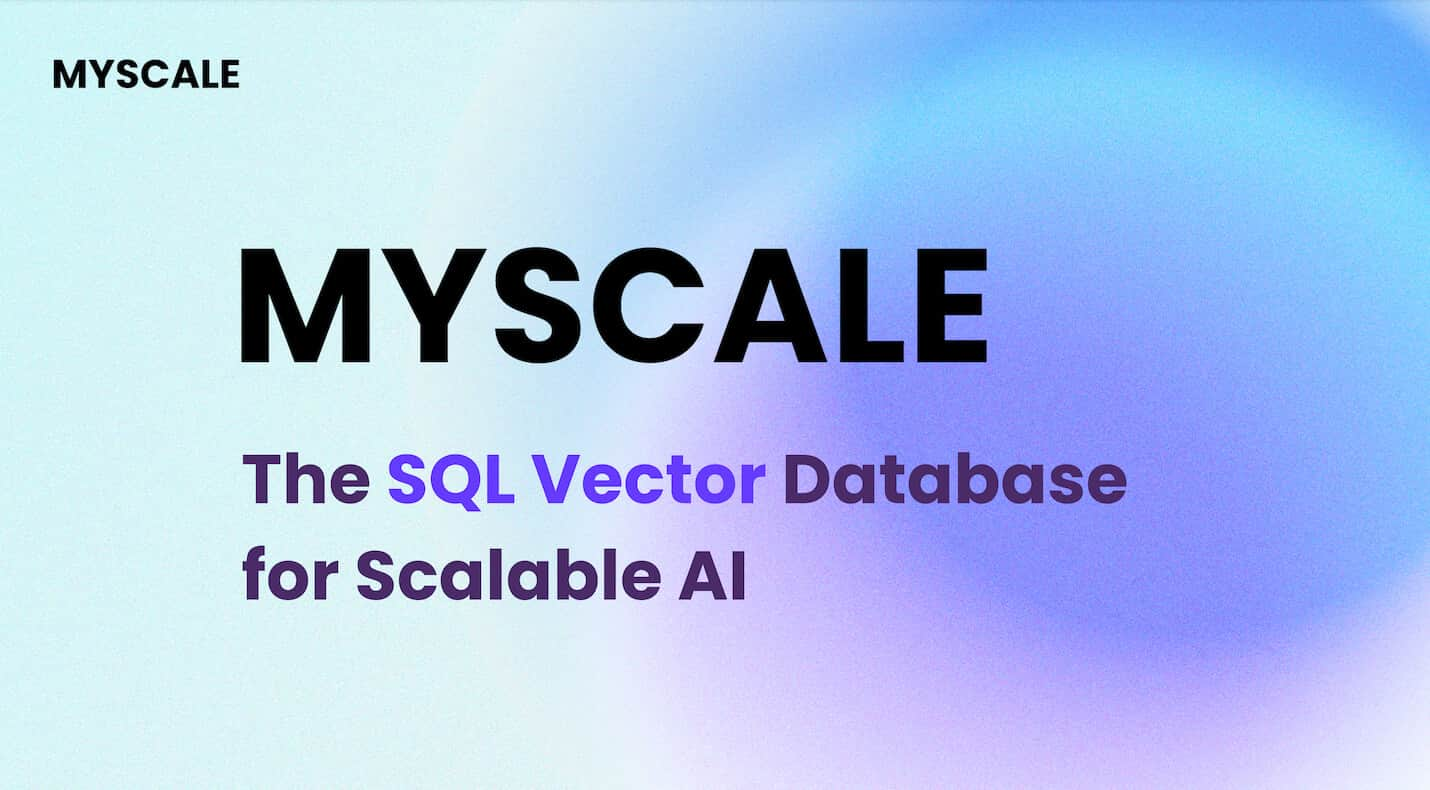# Introduction to Vector Search Technologies
# The Rise of Vector Search
In today's data-driven world, the significance of vector search technology cannot be overstated. As organizations delve into high-dimensional data storage and retrieval, the demand for efficient solutions like vector databases (opens new window) is skyrocketing. According to market analysis, the global Vector Database market size is projected to grow substantially, from USD 1.5 billion in 2023 to USD 4.3 billion by 2028, showcasing a remarkable CAGR of 23.3% (opens new window). This growth underscores the increasing adoption of vector search and storage capabilities across various industries.
# Why Vector Search Matters
Vector search plays a pivotal role in enhancing precision and efficiency (opens new window) within machine learning models (opens new window), particularly when processing vast datasets and enabling natural language processing. Unlike traditional keyword searches (opens new window), vector search yields more relevant results at a faster pace by utilizing mathematical vectors to represent and efficiently navigate through complex, unstructured data. This approach prioritizes recall over precision, ensuring that users find content based on underlying meanings rather than just keywords.
# Key Players in the Field
When comparing vector databases with traditional databases, it becomes evident that vector databases introduce a more intelligent and context-aware (opens new window) method of retrieving information. Additionally, various vector search technologies (opens new window) are available in the market today, ranging from machine learning libraries to specialized vector databases. These technologies enable computers to comprehend user intent better and provide more accurate results by comparing distances and similarities between vectors instead of relying solely on keywords.
# Understanding Qdrant (opens new window)
# What Makes Qdrant Unique
In the realm of vector search technologies, Qdrant distinguishes itself through its innovative approach to efficient storage and indexing. Unlike traditional databases that struggle with high-dimensional data, Qdrant excels in organizing and managing vast amounts of complex vectors with remarkable efficiency. By utilizing advanced indexing techniques, Qdrant optimizes storage space while ensuring rapid access to data, making it a standout player in the vector database landscape.
Moreover, Qdrant's real-time analytics and query capabilities set it apart from its counterparts. The ability to perform lightning-fast queries on massive datasets in real-time empowers users to extract valuable insights swiftly. This feature is particularly beneficial for applications requiring immediate responses to dynamic data changes, enhancing decision-making processes and overall operational agility.
# Qdrant in Action
# Use Cases and Success Stories
E-commerce Recommendation Systems (opens new window): Qdrant's robust indexing mechanisms have revolutionized product recommendation engines by enabling personalized suggestions based on user behavior patterns.
Healthcare Data Analysis: In the healthcare sector, Qdrant has proven instrumental in accelerating medical research through efficient analysis of patient records and genetic data.
Financial Fraud Detection: By swiftly identifying patterns in financial transactions, Qdrant has bolstered fraud detection systems (opens new window), safeguarding businesses against illicit activities.
# Strengths and Limitations
Strengths:
Scalability: Qdrant seamlessly scales to accommodate growing datasets without compromising performance.
Versatility: Its compatibility with various data types makes it a versatile solution for diverse industry needs.
Speed: The lightning-fast query response times enhance operational efficiency significantly.
Limitations:
Learning Curve: Implementing advanced features may require specialized expertise initially.
Resource Intensive: Managing large-scale deployments might demand substantial computational resources.
In essence, Qdrant's prowess lies in its ability to streamline high-dimensional data management while delivering real-time insights across multiple sectors with unparalleled efficiency.
# Exploring Faiss
# The Core of Faiss
When delving into the core functionalities of Faiss, its prowess in Efficient Similarity Search (opens new window) stands out as a transformative force in multimedia search engines. By harnessing vector embeddings (opens new window) and advanced indexing structures, Faiss excels in swiftly delivering accurate and relevant results. This capability is paramount for applications requiring rapid retrieval of similar items or content based on intricate patterns embedded within high-dimensional data.
Moreover, Faiss showcases exceptional proficiency in Clustering of Dense Vectors (opens new window), allowing for the grouping of similar data points together. This clustering mechanism (opens new window) enhances search efficiency by organizing vectors based on their similarities, facilitating quicker access to relevant information clusters. Through this approach, Faiss optimizes the search process by reducing computational overhead and streamlining the retrieval of closely related data points.
# Faiss in Real-world Applications
# When to Use Faiss
Faiss's efficient similarity search implementation makes it an ideal choice for scenarios demanding swift and accurate retrieval of similar items or content. Industries relying on personalized user experiences, such as e-commerce platforms and recommendation systems, can leverage Faiss to enhance content suggestions and increase user satisfaction rates significantly. Additionally, sectors emphasizing real-time data analysis and pattern recognition, like finance and healthcare, can benefit from Faiss's capabilities to streamline complex data searches efficiently.
# Advantages and Drawbacks
Advantages:
Enhanced User Experience: Faiss revolutionizes recommendation systems by personalizing user interactions and tailoring content suggestions.
Increased Operational Efficiency: Its efficient similarity search implementation boosts operational agility by delivering accurate results swiftly.
Versatile Applications: From multimedia search engines to fraud detection systems, Faiss caters to a wide array of industry needs with precision.
Drawbacks:
Specialized Expertise Required: Implementing advanced features may necessitate specialized knowledge initially.
Resource Intensive Deployments: Managing large-scale deployments might demand substantial computational resources for optimal performance.
In essence, Faiss's efficiency in similarity search and clustering positions it as a valuable asset across diverse industries seeking rapid and precise data retrieval solutions.
# Qdrant vs Faiss: A Head-to-Head Comparison
# Performance Benchmarks
When evaluating Qdrant and Faiss in terms of performance benchmarks, two critical aspects come to the forefront: Speed and Accuracy.
Speed: Faiss is renowned for its exceptional speed in handling large datasets efficiently. By leveraging optimized index vectors storage and tree structures, Faiss outshines traditional methods, ensuring rapid query responses even with massive textual data. On the other hand, Qdrant focuses on real-time analytics and queries, providing users with lightning-fast insights into high-dimensional data.
Accuracy: In the realm of accuracy, both Qdrant and Faiss excel in delivering precise results. While Faiss revolutionizes search processes by swiftly handling massive text databases and enhancing search accuracy significantly (opens new window), Qdrant's strength lies in its scalability and efficiency when managing vast datasets across various industries.
# Ideal Use Cases
Determining when to choose Qdrant or Faiss depends on the specific requirements of a project. Qdrant shines in scenarios demanding real-time analytics and immediate query responses. Its ability to handle high-dimensional data efficiently makes it an ideal choice for projects requiring rapid insights from diverse datasets. Conversely, Faiss stands out in applications emphasizing speed, efficiency, and versatility. Industries seeking swift retrieval of similar items or content can benefit significantly from Faiss's (opens new window) advanced similarity search capabilities.
# Making the Right Choice for Your Needs
When deciding between Qdrant and Faiss for your project needs, consider the scale of your endeavor. For small-scale projects, where real-time analytics are crucial, Qdrant's capabilities may align better with your requirements. On the other hand, for large-scale deployments, especially those focusing on efficient similarity search and grouping in high-dimensional data, Faiss's expertise may offer a more tailored solution.




